Plasterboarding or drylining represents an attractive and cost-effective alternative to wet plastering. This method became popular starting from the 1950s and gradually replaced wet plastering or traditional Victorian “lath & plaster” technique in many applications.
Plasterboarding Advantages
The reason why plasterboarding is so popular is because it offers a number of advantages over wet plastering. Here are some of them:
- Cost-effective: in terms of materials, plasterboarding is less expensive than plastering. In terms of labour costs, because it's easier to apply one can also save on labour costs. On the other hand, good plasterers can be hard to find and be more expensive.
- Tidy: less messy than plastering. Pipes and wires can also be routed under the plasterboard giving your home a tidier appearance.
- Fast to apply: because there is no drying periods, it can be painted straight away. No hairline cracks.
- Easy to maintain, repair or decorate.
- Smooth, straight walls: plasterboarding can smooth uneven surfaces or straighten out non-straight walls, often a concern in old buildings.
- Thermal benefits: as the air gap behind the plasterboard acts as an insulator, it can make older buildings feel warmer and more comfortable, especially if insulated plasterboard is used.
- Effective against condensation: the air gap keeps separates the wall fabric from the finish, keeping the surface temperatures warmer, thus reducing thermal bridging. thermal bridging
- Allows some breathability to damp walls: because of the air gap, walls can breathe to some extent. Used in conjunction with the Magnetic DPC System the walls can gradually dry out behind the plasterboard.
- Managing the effect of salts: as the cavity separates the underlying wall fabric from the decorated surfaces, salts won't be able to crystallize on the surface.
Disadvantages
Here are some of the potential disadvantages why plasterboarding might not be suitable for your particular project:
- Less space: because of the presence of the air gap you are trading some of the room space for the increased comfort or practicality, For larger rooms this is usually not a problem, however for smaller buildings it might worth considering.
- More modern look: plasterboarding gives you a more modern look with straight edges. If a traditional, old-style "uneven" look is more important to you than the other benefits listed above, than wet plastering might be the better option for you.
- It can hide problems: because plasterboards separate the surface finish from the wall fabric, some building defects (e.g. cracks) or underlying dampness problems (e.g. leaks, rising damp etc.) can stay undetected for years behind plasterboard.
Types of Plasterboards
Over time a number of plasterboard types have been developed to suit a wide variety of applications. The most common ones are:
- Standard plasterboard: suitable for most situations.
- Thermal (insulated) plasterboard: probably the second most common plasterboard type. It incorporates a layer of insulating foam on the back for improved thermal comfort. Available in several insulation levels (e.g. Basic, Plus, Super) and thicknesses.
- Acoustic plasterboard: a denser plasterboard for improved sound insulation.
- Foiled-backed plasterboard: comes with an integrated damp proof membrane on the back in the form of a coloured silver foil.
- Moisture resistant plasterboard: contains water repellent additives in its core. Suitable as a base for tiled areas (e.g. kitchens and bathrooms). Should not be immersed in water.
- Fire protection plasterboard: contains glass fibres and other additives in its core for increased fire protection.
Most types of plasterboards come in 2 thicknesses: the "normal" 12.5 mm (1/2 inch) and the thinner 9.5 mm (3/8 inch). The thicker 12.5 mm one is most commonly used for walls and ceilings as it offers increased strength and rigidity.
Usual sheet sizes vary between (0.9 – 1.2) x (1.8 – 3.6) m, however other sizes may be available.
Most plasterboards have a finished white surface, while the back is covered by a thicker grey paper. The white paper is the front used for decorating, and it can be skimmed and painted or wall-papered. Skimming provides a smooth surface suitable for painting or wallpapering.
Application Techniques
1. Dot and Dab
The dot and dab technique, also known as drylining, is a very popular due to its low cost, ease of finishing and fast installation. Walls finished in this way can be painted almost immediately. It involves attaching the plasterboard directly onto the wall using “blobs” of drywall adhesive.
While a budget-friendly option, it should be avoided on external walls (due to condensation and penetrating rain) or walls prone to damp and/or salts (e.g. walls with rising damp or following a rising damp treatment) as over time the moisture will gradually seep through the glue into the plasterboard, ruining it.
2. Timber Battening
This method involves fixing the plasterboard onto a wooden framework attached to the wall. Vertical timber battens are fitted to the wall at approx. 400 - 600 mm intervals, followed by screwing the plasterboard to the battens with drywall screws. Wall insulation can also be fitted behind the plasterboard in-between the battens.
This system allows better load resistance (e.g. for fitting shelves or cabinets) than the dot and dab system.
To protect the wooden battens from rot, insulating membrane is often fitted between the wall fabric and the wooden battens. However, if no membrane is used or the fastening screws pierce the waterproof membrane, the battens over time become susceptible to rot.
3. Metal Battening
Using metal battens or studs is the most modern method of plasterboarding and it is recommended for walls affected by dampness and salts.
Instead of using wooden battens, the more resistant galvanized steel is used and the plasterboard is fastened with screws onto the metal studs. Galvanized steel won’t rot or rust and offers long-term (50-75 years) protection in corrosive or salty environments.
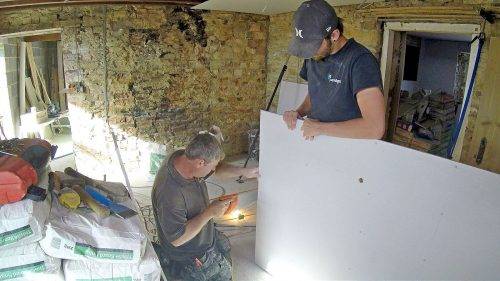
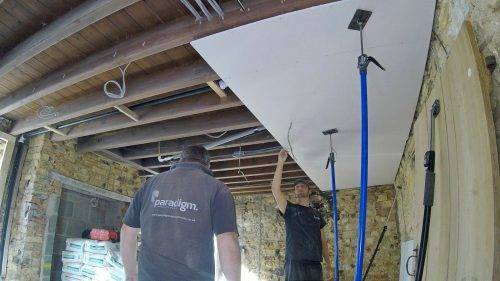
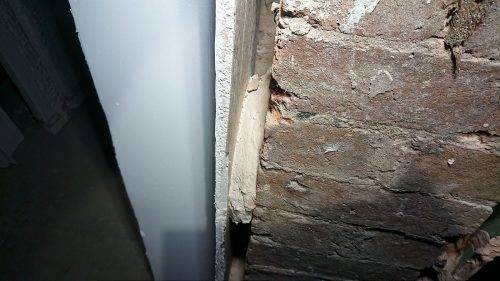
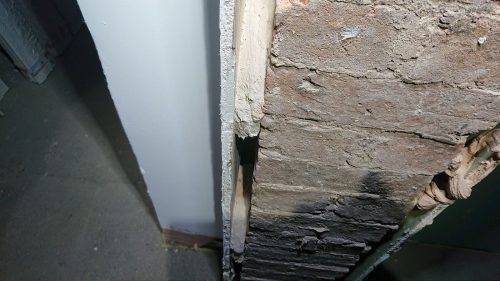
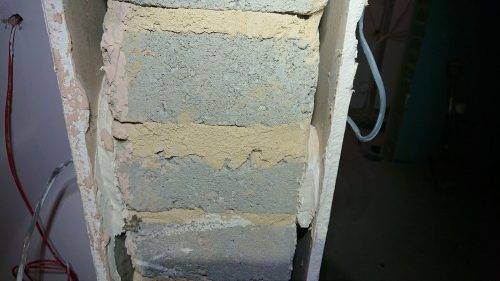
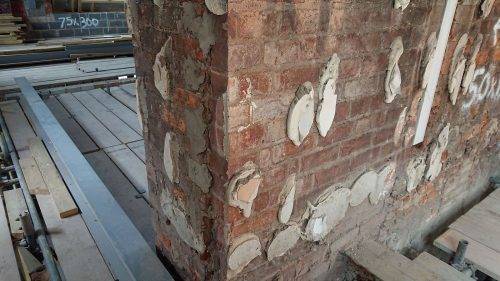
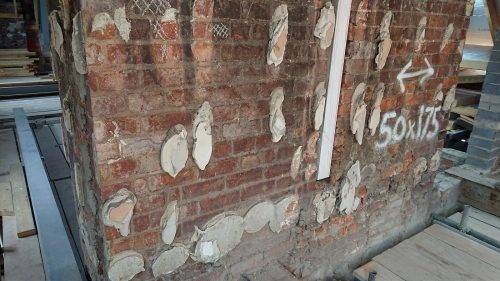
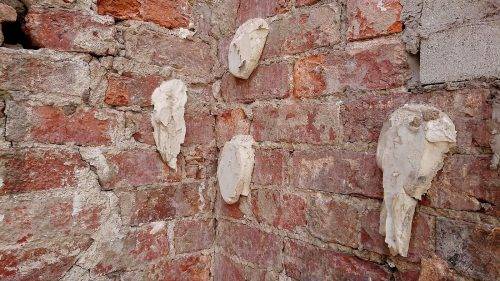
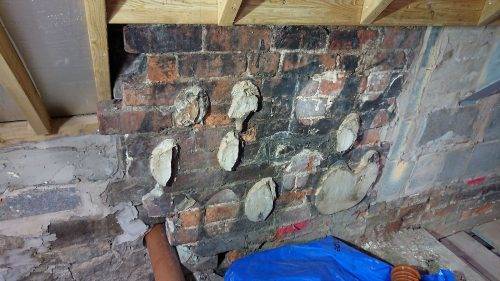
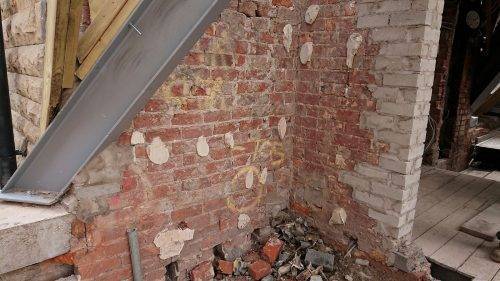
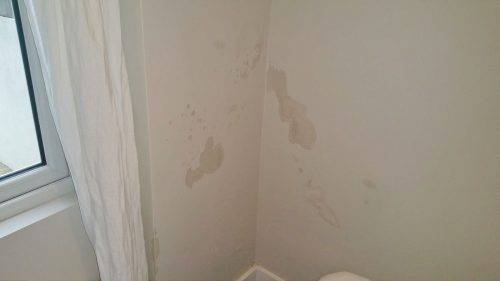
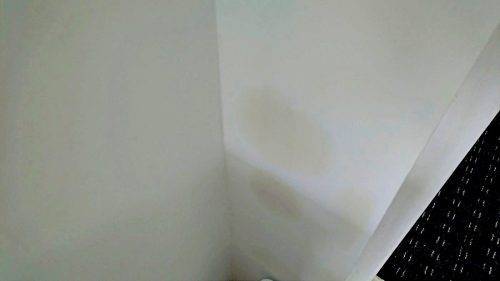
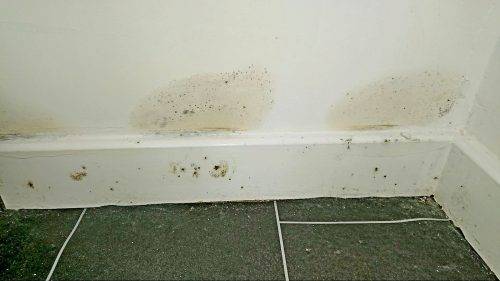
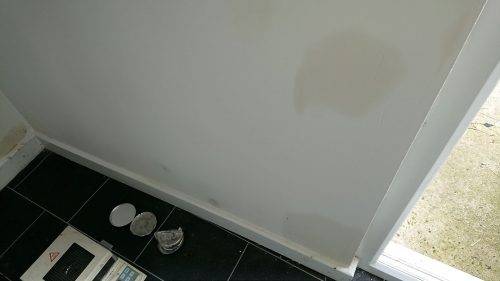
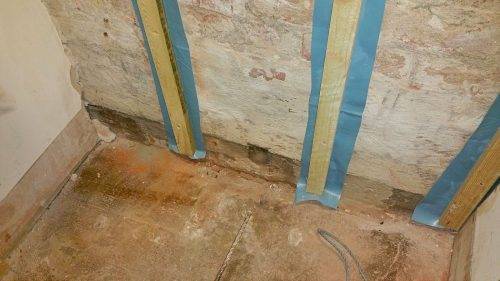
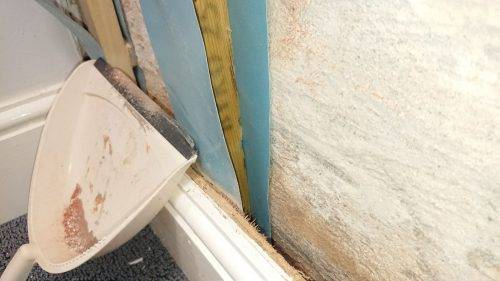
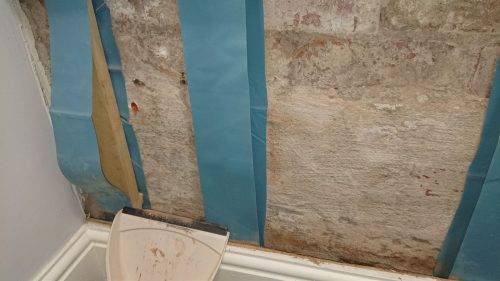
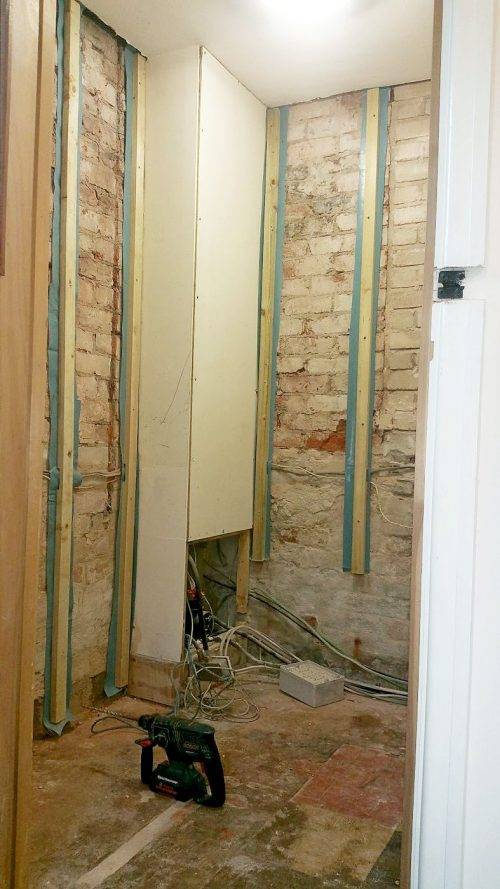
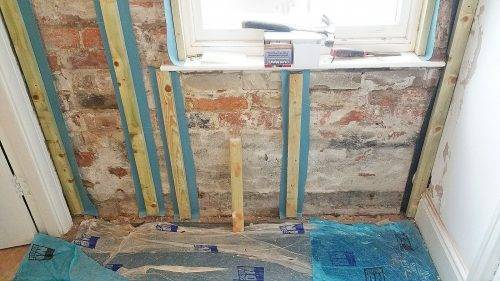
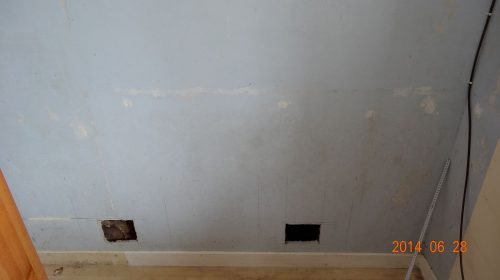
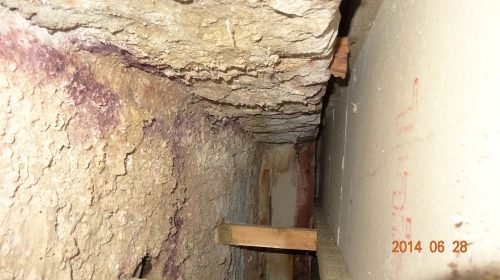
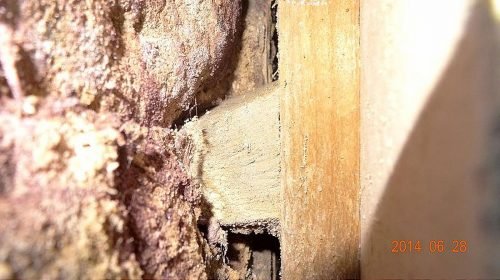
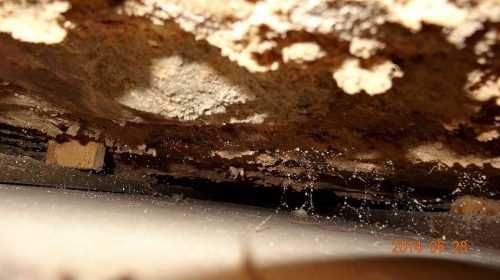
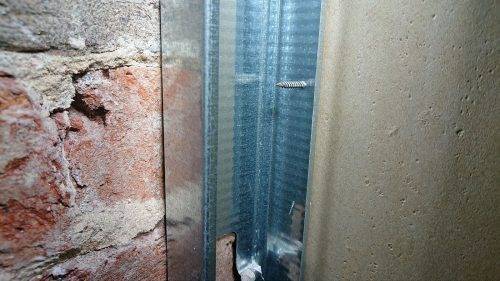
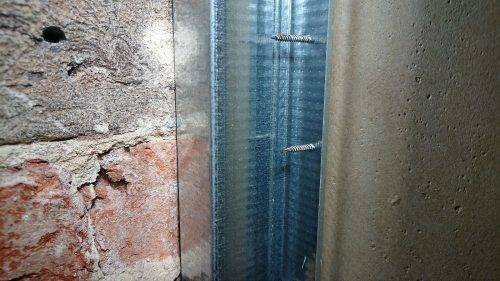
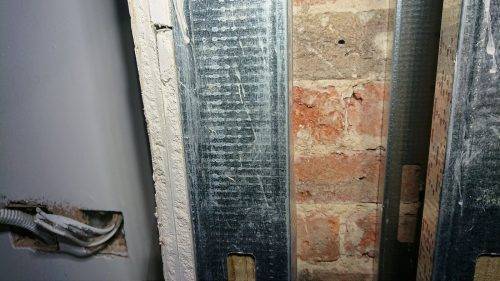
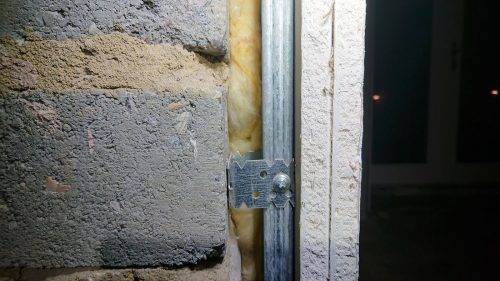
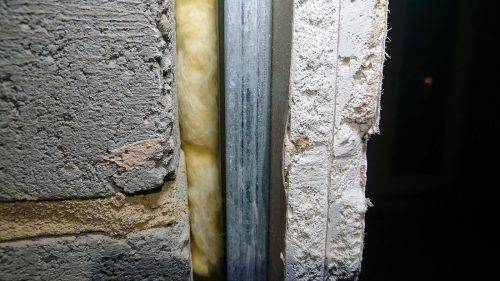
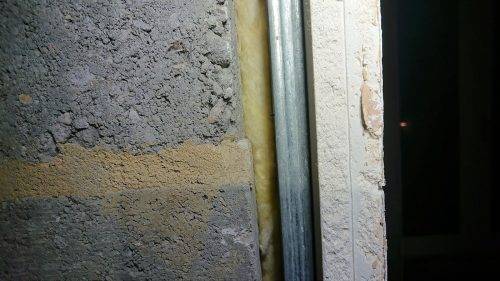
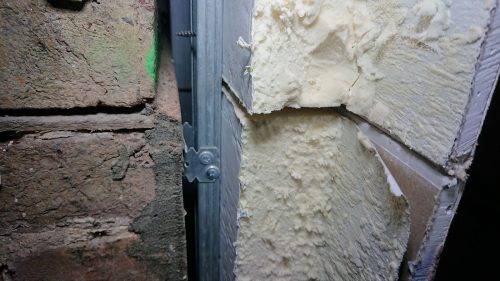
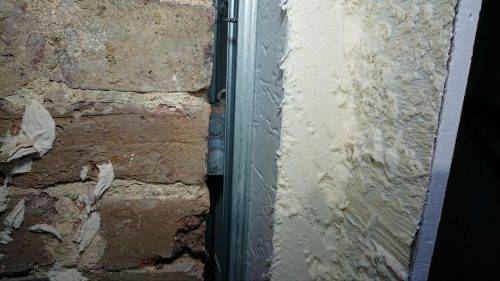
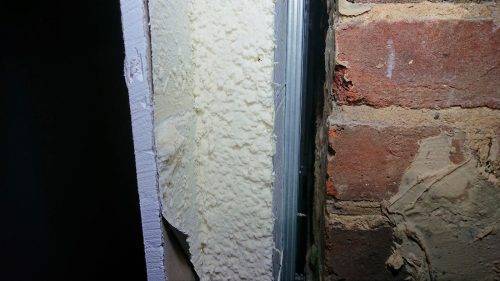
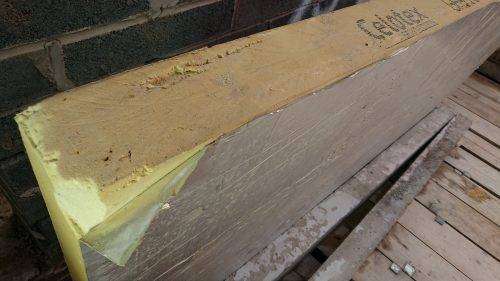
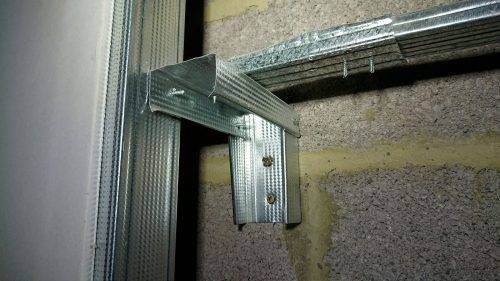
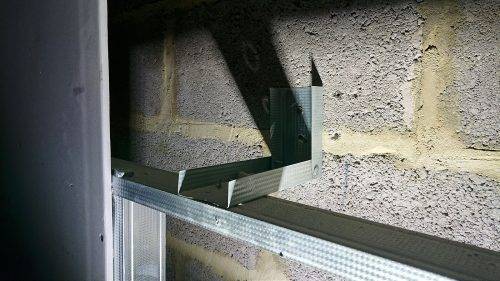
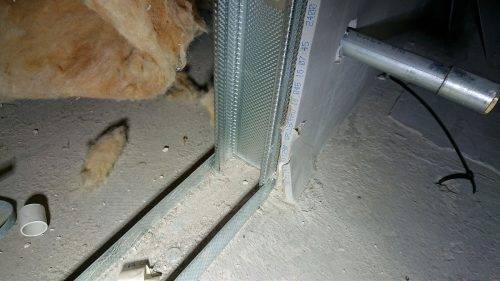
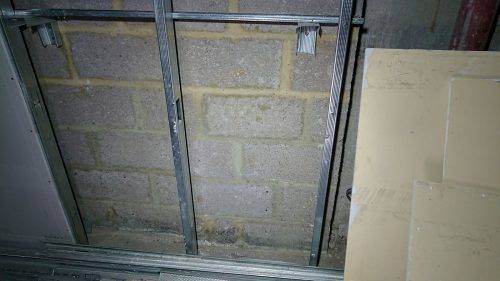
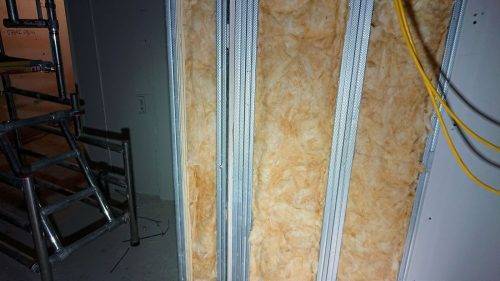
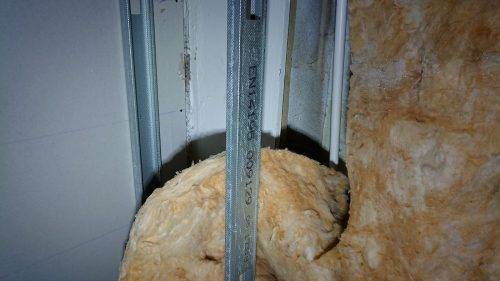
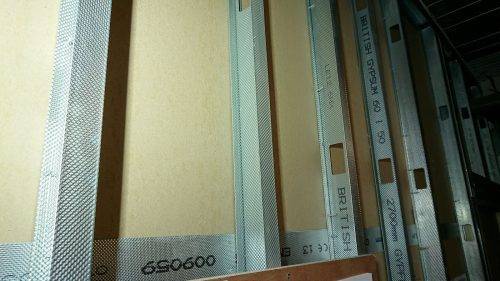
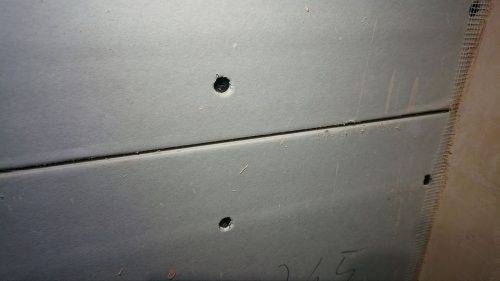
Summary
- Plasterboarding, the modern version of "lath & plaster" technique is a convenient redecoration alternative to plastering, with some appealing benefits.
- "Dot-and-dab" method should be avoided on external walls, as well as on walls subject to rising damp and/or ground salts. For these buildings the metal battening options is recommended.
- Thermal (insulated) plasterboards can make old buildings more comfortable by making them warmer.
Brochures, Catalogues
Please see below some brochures and spec sheets. Please refer to the appropriate manufacturers as specs might change without notice.

